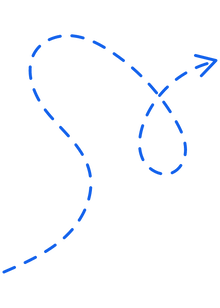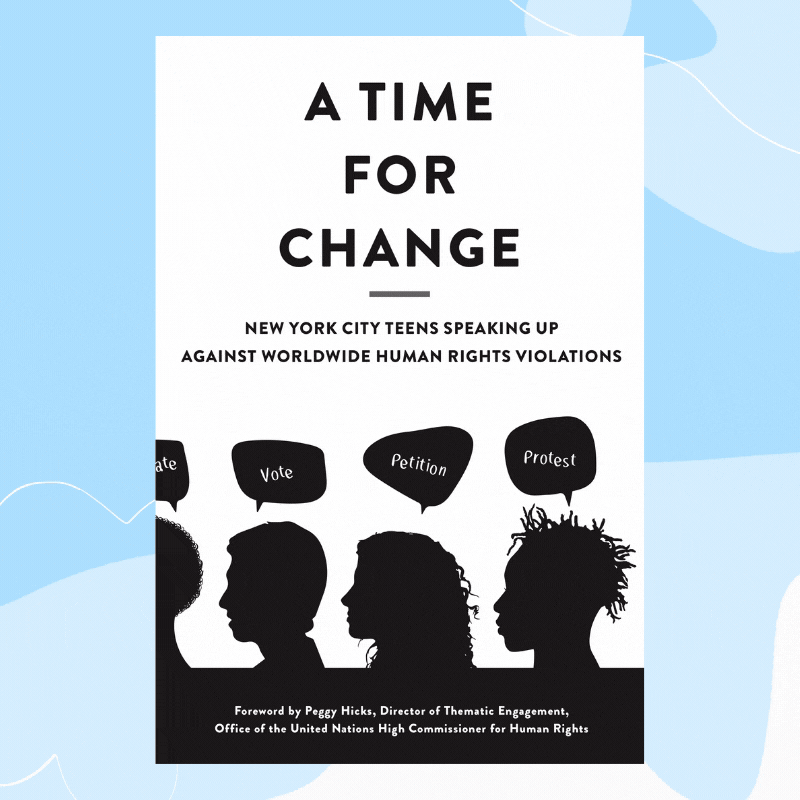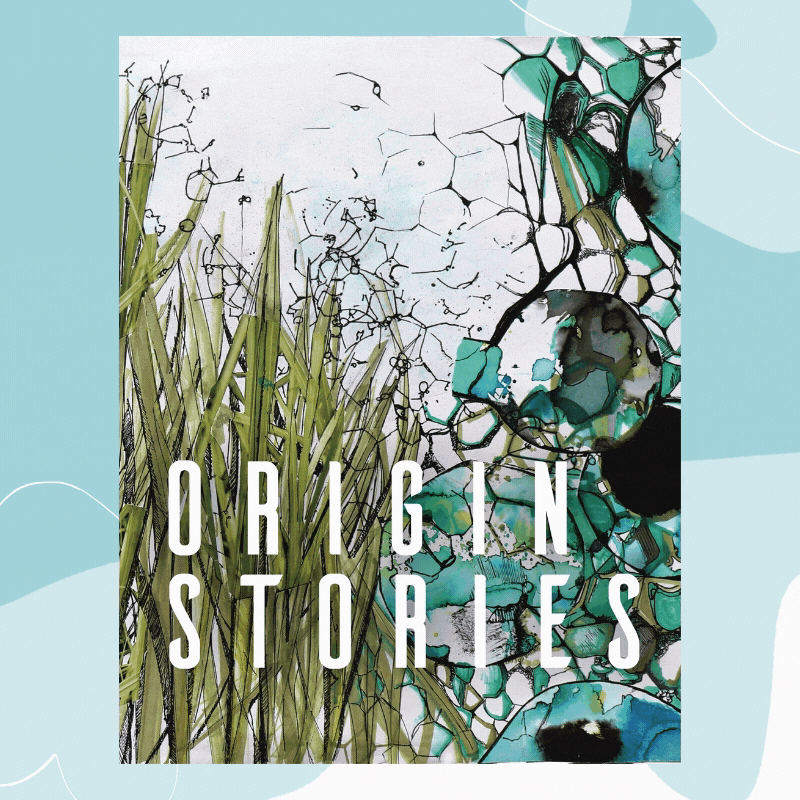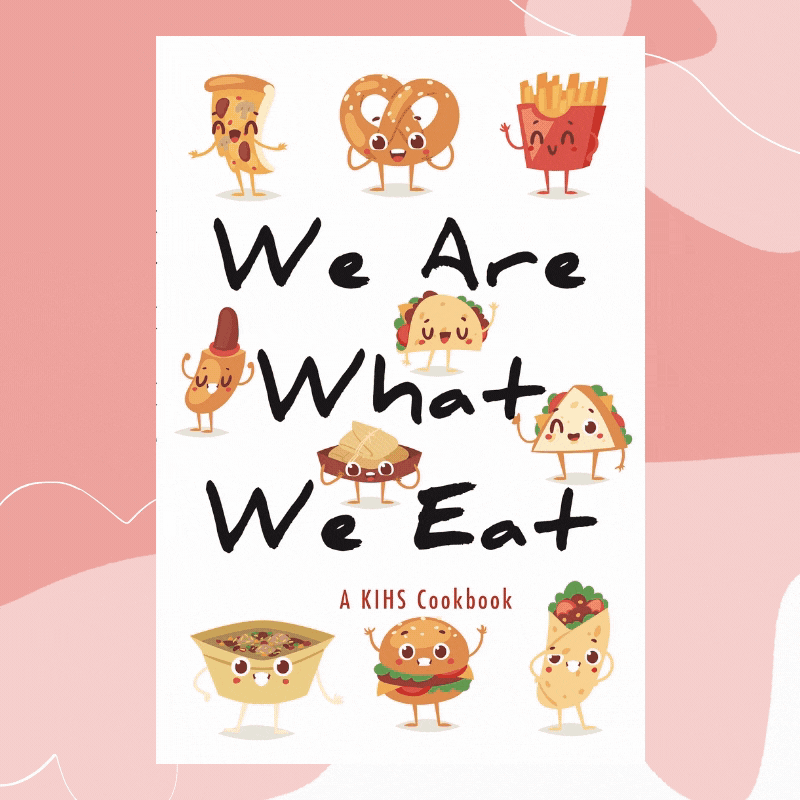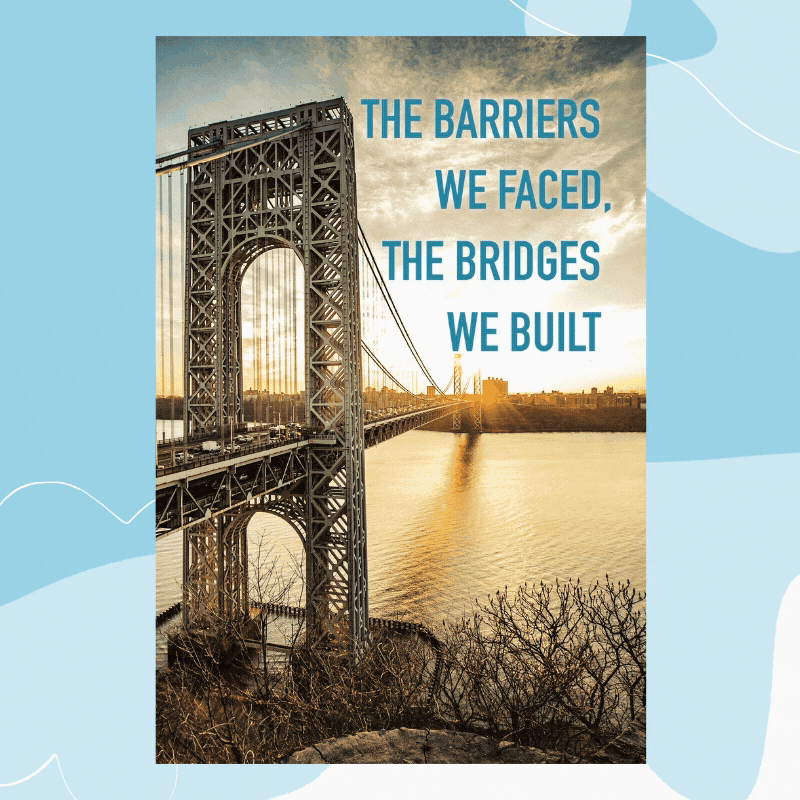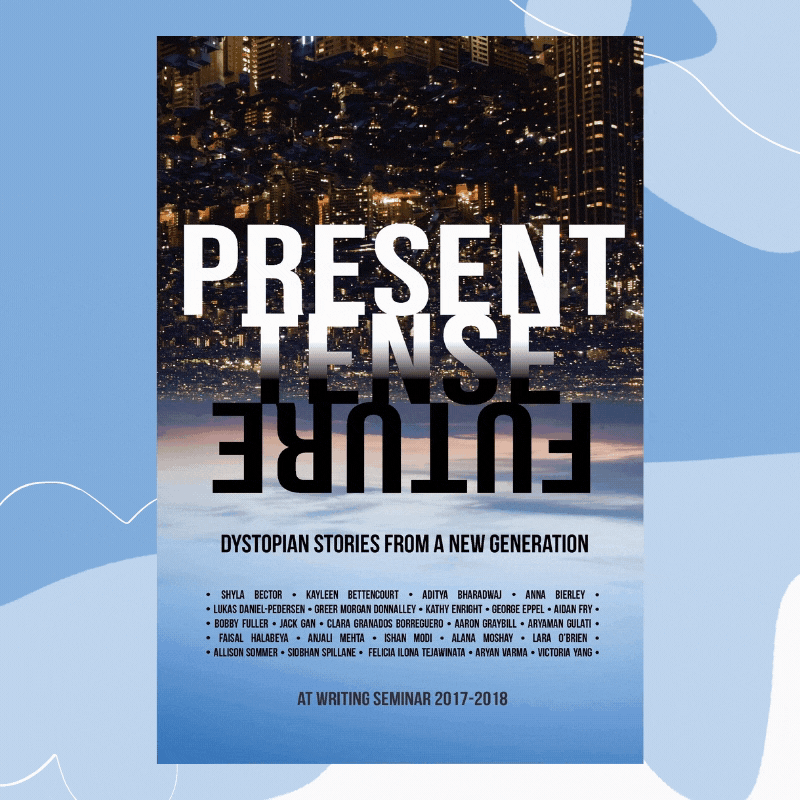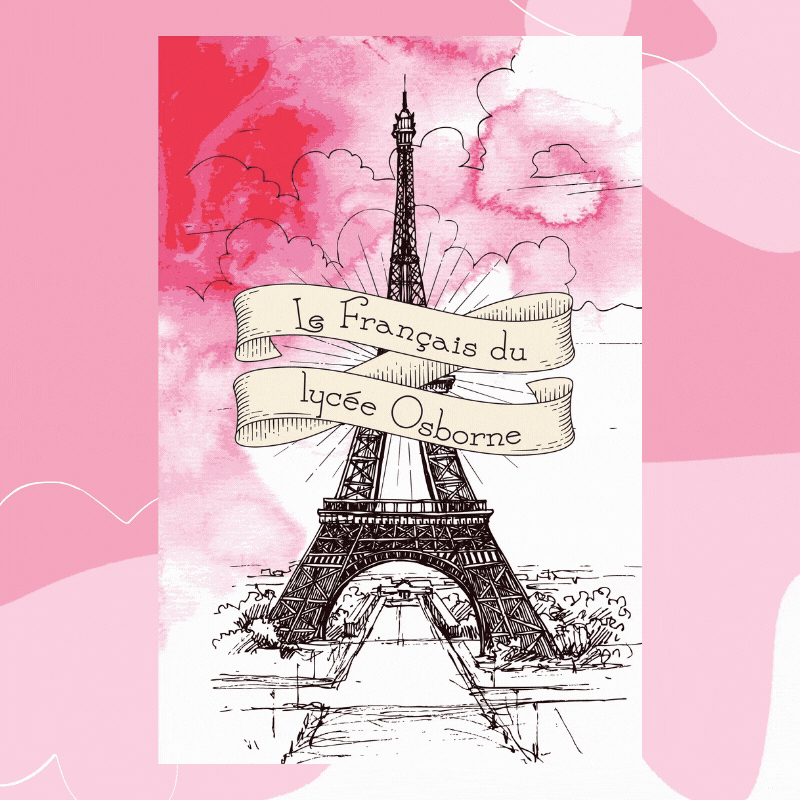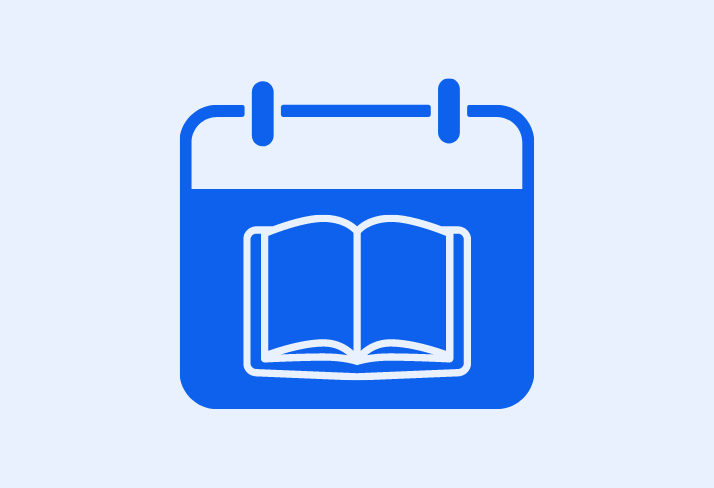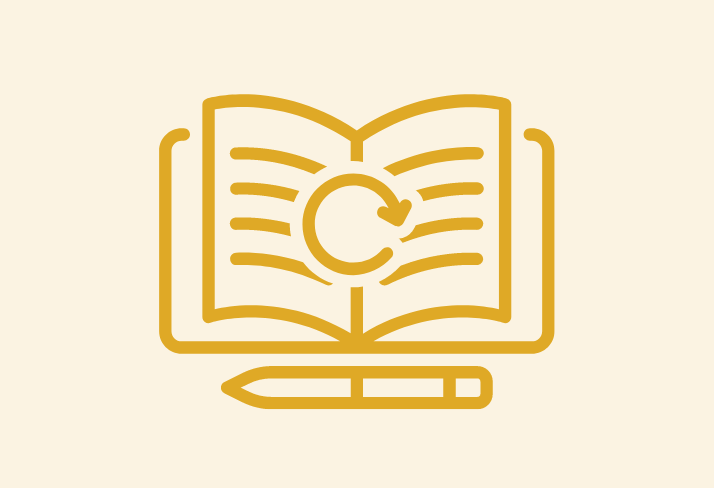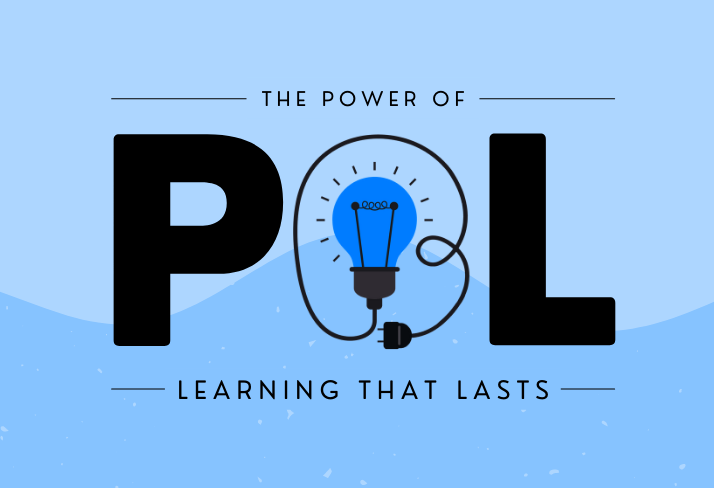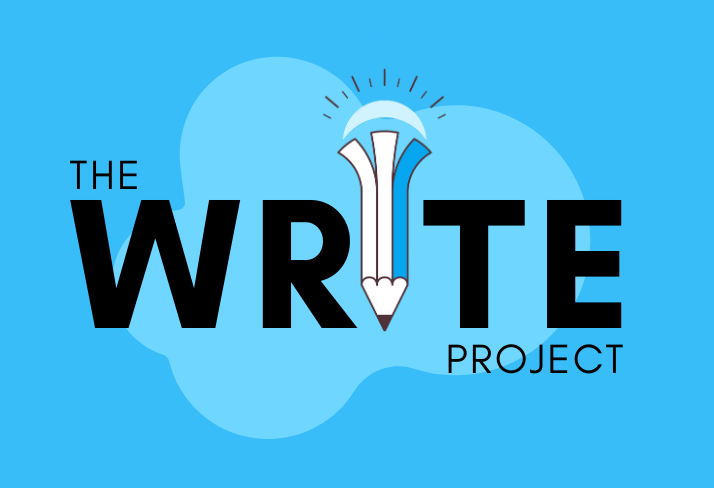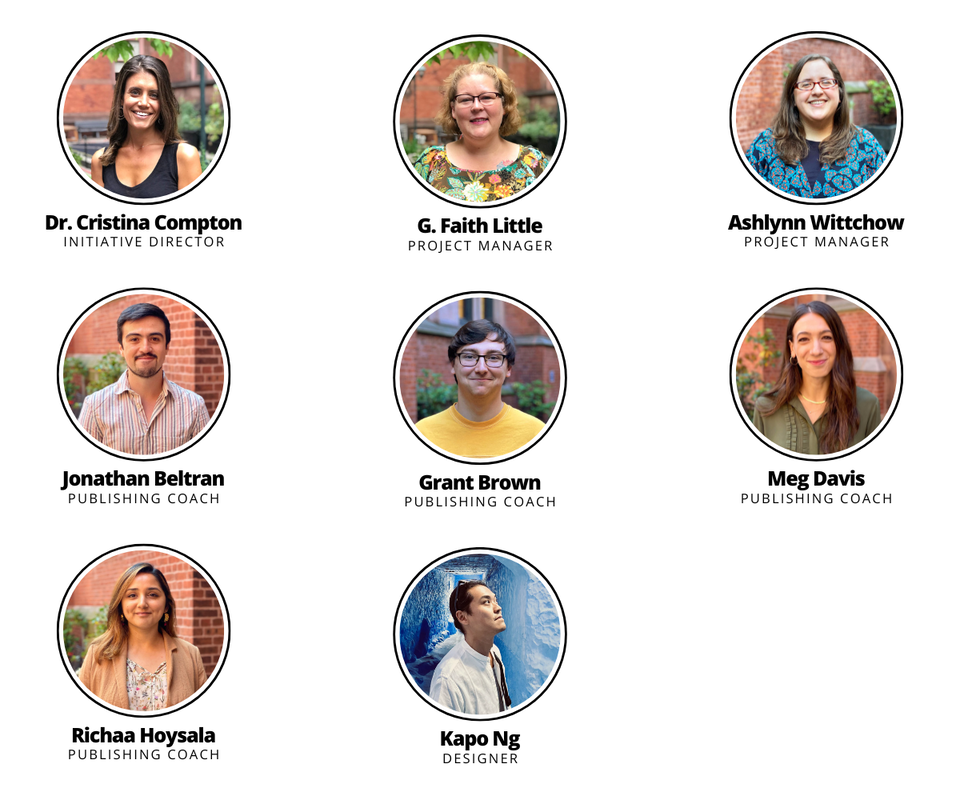|
• Overview
• Services • Publication library • Publishing process • Project inspiration • Writing resources • Our team • FAQ |
The Student Press Initiative (SPI) partners with schools and community-based organizations to raise the bar for what, how, and why students write. Since its founding in 2002, SPI has been revolutionizing education by advancing teacher leadership in reading and writing instruction, and bringing authentic student voices to life.
We we believe in reimagining the writing process as an all-inclusive learning experience that taps into a real-world audience, reshaping curriculum and engagement in the classroom. By approaching writing through a project-based model, we foster a deeper investment from students as they exercise agency and engage in authentic tasks, and provide a clearer path forward for educators to orient their instruction toward a final product — a professional, print-based publication filled with student writing.
When working together toward a common goal, students are more engaged and more enthusiastic in their learning. Inspired by the work of Lave and Wenger (1996) and what they call “Communities of Practice,” we foster engagement by challenging traditional notions of “experts” in the classroom and encouraging inquiry and collaboration as students cultivate a shared sense of expertise.
Student writing is often read by one person (a teacher), and for one reason (a grade). SPI allows students to connect their writing to a larger purpose, gaining skills and perspectives that will serve them beyond the classroom. As they write for an authentic audience — perhaps a class of incoming freshman or local officials (real examples from our publication library!) — students take ownership of their work and strengthen connections to their communities.
Every student has a unique perspective, and we aim to draw out all voices in the classroom, using the publication process to organically increase participation. By engaging in an intensive genre study of real-world texts, including analysis of content, structure, and craft, students establish their voices as writers and hone their individual writing skills. Our research shows that student writing skills improve by 25% after engaging in a publication project with the Student Press Initiative.
|
|
• Overview
• Services • Publication library • Publishing process • Project inspiration • Writing resources • Our team • FAQ |
Our approach bridges professional development with artist collaboration to create customized project- and inquiry-based curricula across disciplines. Through each phase of the project, we work in partnership with educators and school communities to democratize student writing opportunities, transforming traditional assignments into dynamic, published pieces with authentic voice.
Drawing on a wealth of research, resources, and talent, our team supports partners with each of the services below, helping teachers build and facilitate units that provide opportunities to address audiences outside of the classroom, as well as link content-specific reading and writing skill development with the excitement of real-world learning. We believe in the importance of creating a culture of writing for students so that they feel safe and empowered to compose from an authentic place. Our coaches will ask key questions to help you envision and shape your physical space, as well as introduce meaningful practices that foster a strong sense of community, boost students’ confidence, and sharpen students’ skills and strategies. As we collaborate to identify the core pieces of your project — genre, audience, and purpose — we also utilize backwards planning to help you craft individual lesson plans, instructional activities, and formative or summative assessments for your project. As your project continues, our coaches will support you in implementing your curriculum through classroom visits, critically reflective conversations, and ongoing instructional support. Our coaches work alongside you on the practical pieces of your project, from your first idea to the moment books are delivered: monitoring progress; identifying and meeting deadlines; and assisting with the editing, formatting, and polishing of student content. We also offer professional, highly customized cover and interior design for each publication, which is a collaborative effort between our team and your students. As your publication comes to life, we assist with the planning and execution of releasing your book and hosting a celebration for your community. This support often includes preparing students for public speaking ahead the event, collaborating on event logistics and design, and imagining the format and structure of the celebration. |
|
• Overview
• Services • Publication library • Publishing process • Project inspiration • Writing resources • Our team • FAQ |
Since 2002, we've had the privilege of publishing over 15,000 student authors in more than 900 publications. Each publication serves as a powerful reminder that everyone has a story to tell. After publishing their work with SPI, students often reflect that through their writing, they feel they're having a greater impact on their community and the world.
We encourage educators who are interested in bringing a publication project into their classroom for the first time to use these publications not only as accessible mentor texts, but as inspiration for instruction and curriculum design. |
|
• Overview
• Services • Publication library • Publishing process • Project inspiration • Writing resources • Our team • FAQ |
|
|
• Overview
• Services • Publication library • Publishing process • Project inspiration • Writing resources • Our team • FAQ |
No two projects are the same, as each book comes to life from the imagination of student authors and the unique collaborations happening in their classrooms. Click any of the completed projects below to get a peek into how each community approached the genre, audience, and purpose of their publications, and to learn more about their creation process.
|
|
• Overview
• Services • Publication library • Publishing process • Project inspiration • Writing resources • Our team • FAQ |
At the heart of our work, there are a number of powerful instructional moves that educators can explore and implement, even independently of a publication project. These instructional tools reflect our core values: project-based instruction, building a community of learners, real world authorship, and the celebration of student voice.
[
"Read"
] bom [
"Read"
] celeb student voice Celebrating Student Voice
Writing for publication can raise a student's awareness, increase their social consciousness, and equip them with essential life skills. [
"Read"
] culture of writing Create a Culture of Writing
Promising practices that can help nurture confident, capable student writers. [
"Read"
] reimagine writing process Reimagining the Writing Process
Student writing is often read by one person (a teacher), and for one reason (a grade). What if it could be different? [
"Read"
] spi pod Students As Authors
What makes the SPI approach to writing instruction so powerful, and how does it impact students and teachers? [
"Read"
] understanding your audience Understanding Your Audience
Writing for a real-world audience heightens curiosity and injects energy into a student's writing process [
"Implement"
] analyze define genre [
"Implement"
] final task [
"Implement"
] peer revision [
"Implement"
] project planning web [
"Implement"
] radar [
"Implement"
] wheel of emotion [
"Participate"
] ppbl [
"Participate"
] twp The Write Project
Inspire your students to generate authentic, compelling pieces of writing by implementing innovative writing strategies in your classroom. |
|
• Overview
• Services • Publication library • Publishing process • Project inspiration • Writing resources • Our team • FAQ |
|
• Overview
• Services • Publication library • Publishing process • Project inspiration • Writing resources • Our team • FAQ |
What does support with publication projects traditionally look like?For a project that culminates in a print-based publication, we support our partners in four main categories:
Each part of the process is customized to the needs of your project. You can read about each of the categories above in more detail here. How long does it take to complete an SPI project?Project timing is as flexible as you need, based on your goals. Each project is unique! Within each partnership, we work to support you with creating a timeline that works best for your context and the specifics of your project. For curriculum-embedded projects, which include students engaging with the project every day as a part of a unit of study, 6-8 weeks is a common estimate. For projects that are implemented as an extracurricular activity, where students engage with it less frequently, it's not uncommon to be completing the project across a full school year. Additional factors that can impact a project timeline include: the time of year, the school calendar, and individual pacing calendars. With more information about the type of project you're envisioning, we can offer more specific guidelines! Reach out here to start the process. How is SPI different than traditional writing curriculum / instruction?We help teachers reimagine writing curricula so that it becomes more project-based, providing opportunities for students to exercise voice and choice as they write for a real-world audience. These expanded opportunities give additional purpose to both teaching and learning — beyond completing a writing task for a grade — which results in more engaging experiences in the classroom. How are books designed?Designs are collaboratively approached, often using ideas, inspiration, and artwork submitted by students who are authors on the project. For the final product, we work with a professional designer who can create publication covers and interiors (depending on project needs). How much does it cost to implement a publication project?Since each project is customized, it varies! Cost is dependent on the specifics of the coaching support, as well as the parameters of your printed publication. Printing and production costs are impacted by a number of factors, including:
We work with each partner to identify an overall budget that's in line with the services being offered and their vision for the project. Which grade levels are the best fit for publication projects?Students of all ages can participate in a publication project! We have helped publish everyone from pre-kindergartners, all the way through to graduate level students at Teachers College, Columbia University. Which content areas are the best fit for publication projects?Writing is typically synonymous with ELA classrooms, but writing exists everywhere — scientists create lab reports; mathematicians create charts, graphs, and designs; and historians tell stories of the past, conducting oral histories and shedding light on important issues. Our project-based approach easily incorporates the writing process into content area classrooms. Because our projects prioritize the acquisition of real world skills and the opportunity to authentic audiences, there is no limit to the disciplines and areas of study in which we can build a publication. Where can I find examples of past publications and projects?Please visit our project inspiration section for samples of past projects, or head over to our library, which showcases selected works published by students from all over the world. Who can I reach out to if I have more questions?Please contact Dr. Cristina Compton at [email protected] to talk further about project possibilities. You can also reach us by phone, at (212) 678-3161. How does SPI address 21st century skills?In addition to supporting fundamental skills like reading and writing, SPI projects support the development of 21st century skills, such as research, collaboration and communication, problem-solving, time management, and the use of technology. |













